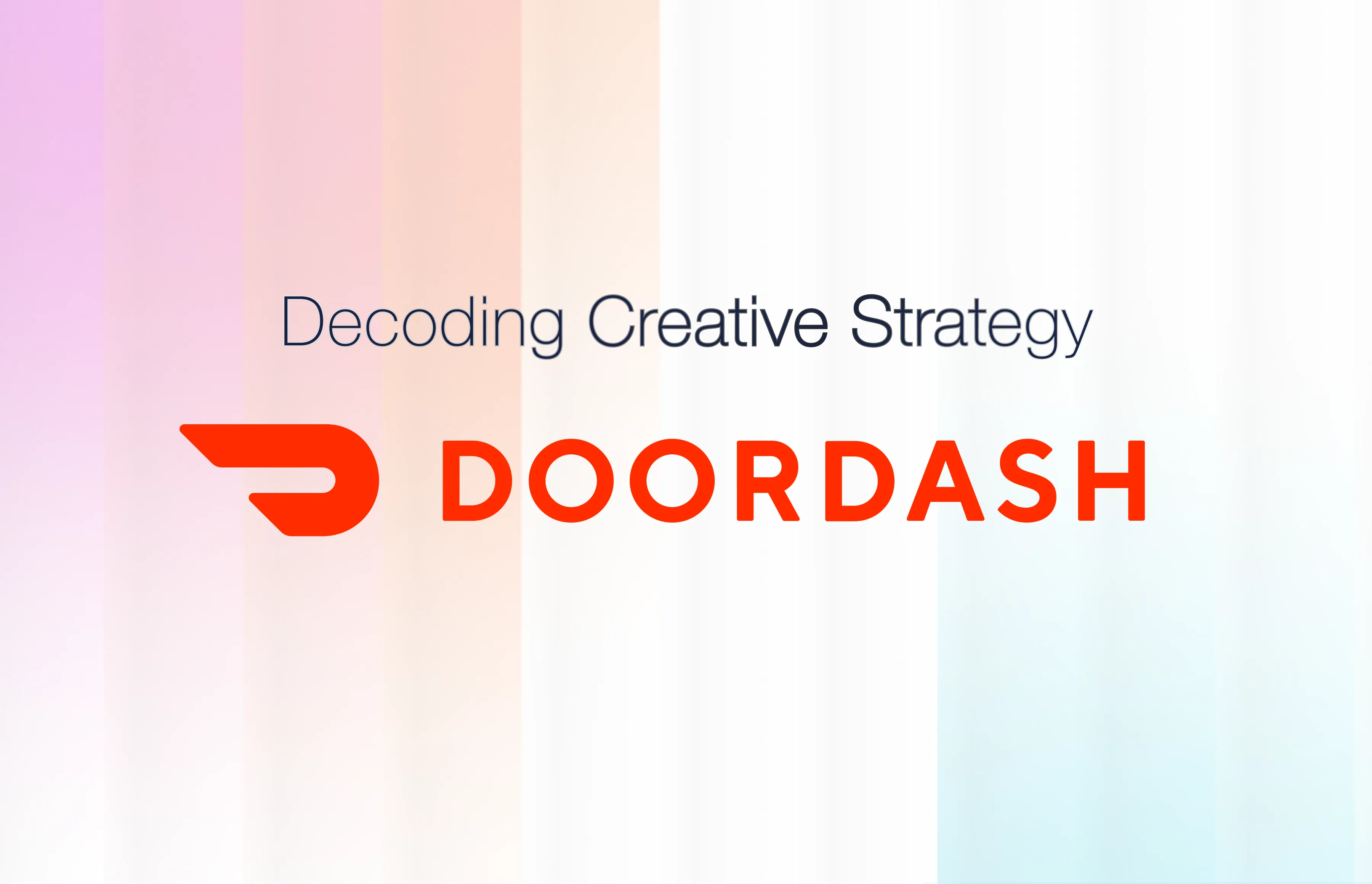Pilot
Summer of 2013. 4 Stanford grads are going from door-to-door in Palo Alto asking small businesses what keeps them up at night.
Then one day, at a macaroon shop, lightning strikes.
They see the shop manager turning down an order. “Why can’t small businesses deliver things across town, on demand?”, they ask.
They dig deeper and find that most restaurants didn’t deliver, and those that did - HATED it.
So they get to work.
Pull up a HTML website - paloaltodelivery.com - static menus and delivery for $6.
They launch - few hours later, they get a call with an order. They write down the order and drive to the restaurant to pick up and deliver the food.
Order #1 completed.
12 years and over 6 BILLION orders later, Doordash is one of the fastest growing tech companies in the US and across the globe.
The early days are a masterclass in what Paul Graham calls “Do things that don’t scale” and this philosophy is certainly part of the core DNA of the culture at Doordash.
From “food delivery” to “local commerce”
On the back of excellent traction over the years, Doordash raised $2B+ in funding over 11 funding rounds, expanded across 27 countries, acquired Caviar, Deliveroo, Sevenrooms amongst others and expanded their offering from food delivery to a full-stack commerce platform.

The Acquisition Engine
A lot of things have to be done right to shape such a great growth trajectory. One of the most important parts of the growth flywheel is the acquisition engine.
Their core business focuses on acquiring, serving, and retaining 4 types of customers:
1. B2C Consumers
2. B2B Consumers
3. Restaurants/Merchants
4. Delivery Partners/Riders
Running and balancing acquisition across such a diverse set of users is no small feat. This complexity reflects in their creative strategy.
Let’s take a look.
(Note that these numbers are based on creatives displayed on the ad library which may not be a 100% accurate representation of the real creative mix, but only to give us a directional sense)
Creative Mix at a Glance
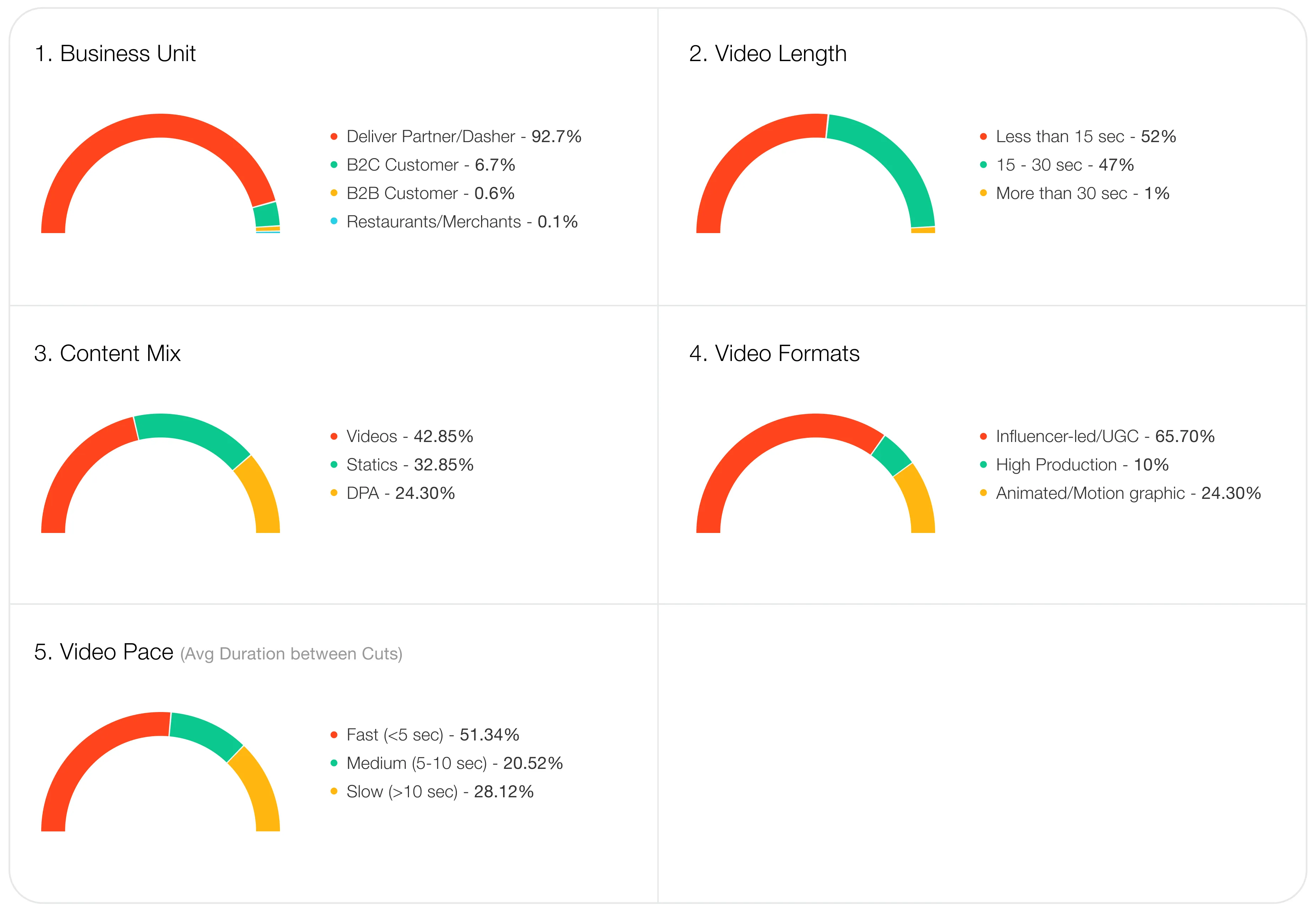
Top Target Persona and Use Cases
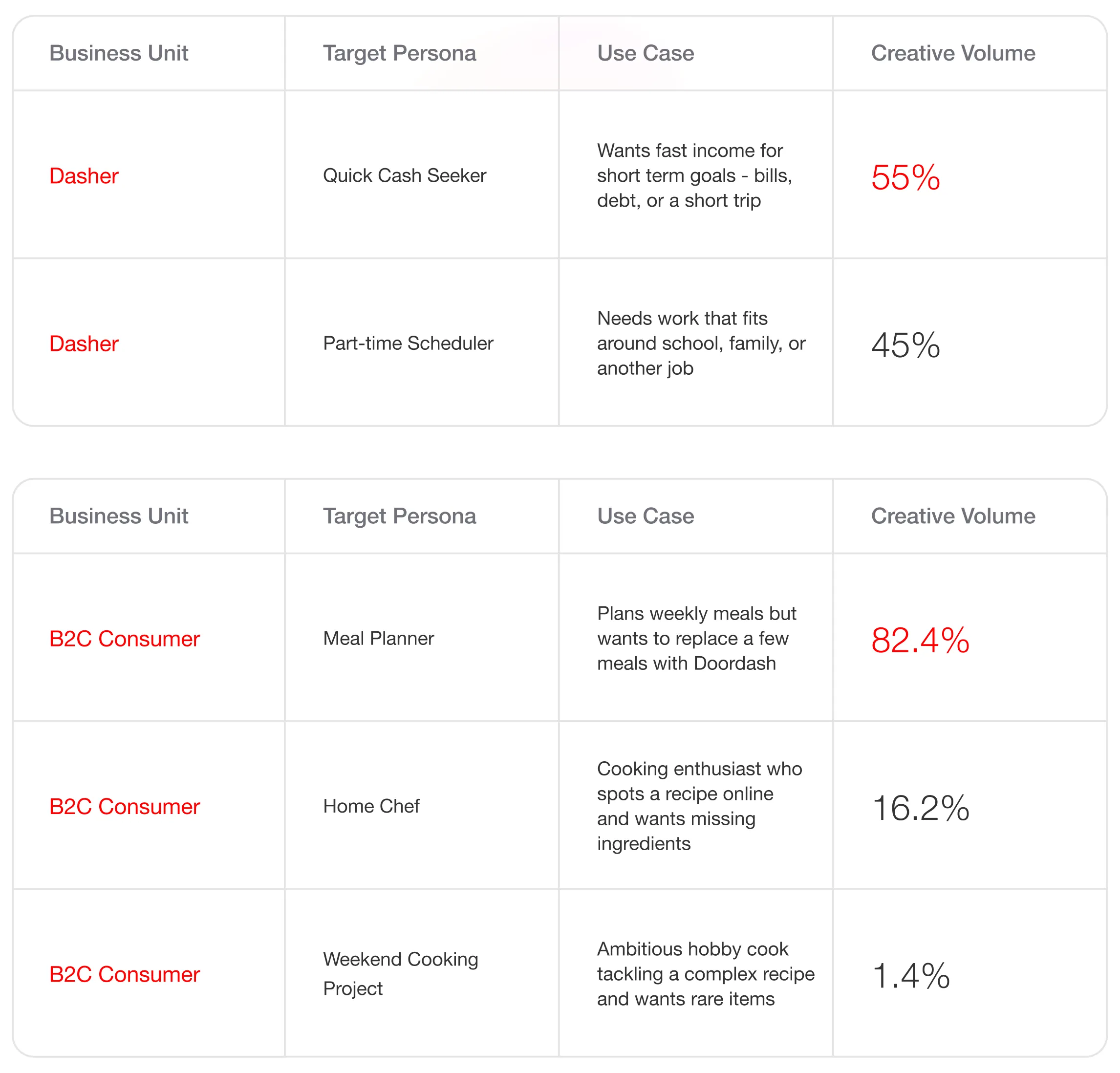
Creative Deep-Dive
There’s more to creative strategy than high-level numbers. So let’s get deeper.
Here are some of the interesting themes, insights, and patterns that are worth learning from for every growth and creative team:
1. The Doordash Bag
By keeping the red DoorDash bag on screen almost continuously, the ads achieve instant recognition no matter where viewers enter or exit the video.
This constant visual cue ensures the brand impression is registered, especially in scroll-heavy feeds where users often watch only a fraction of a spot.
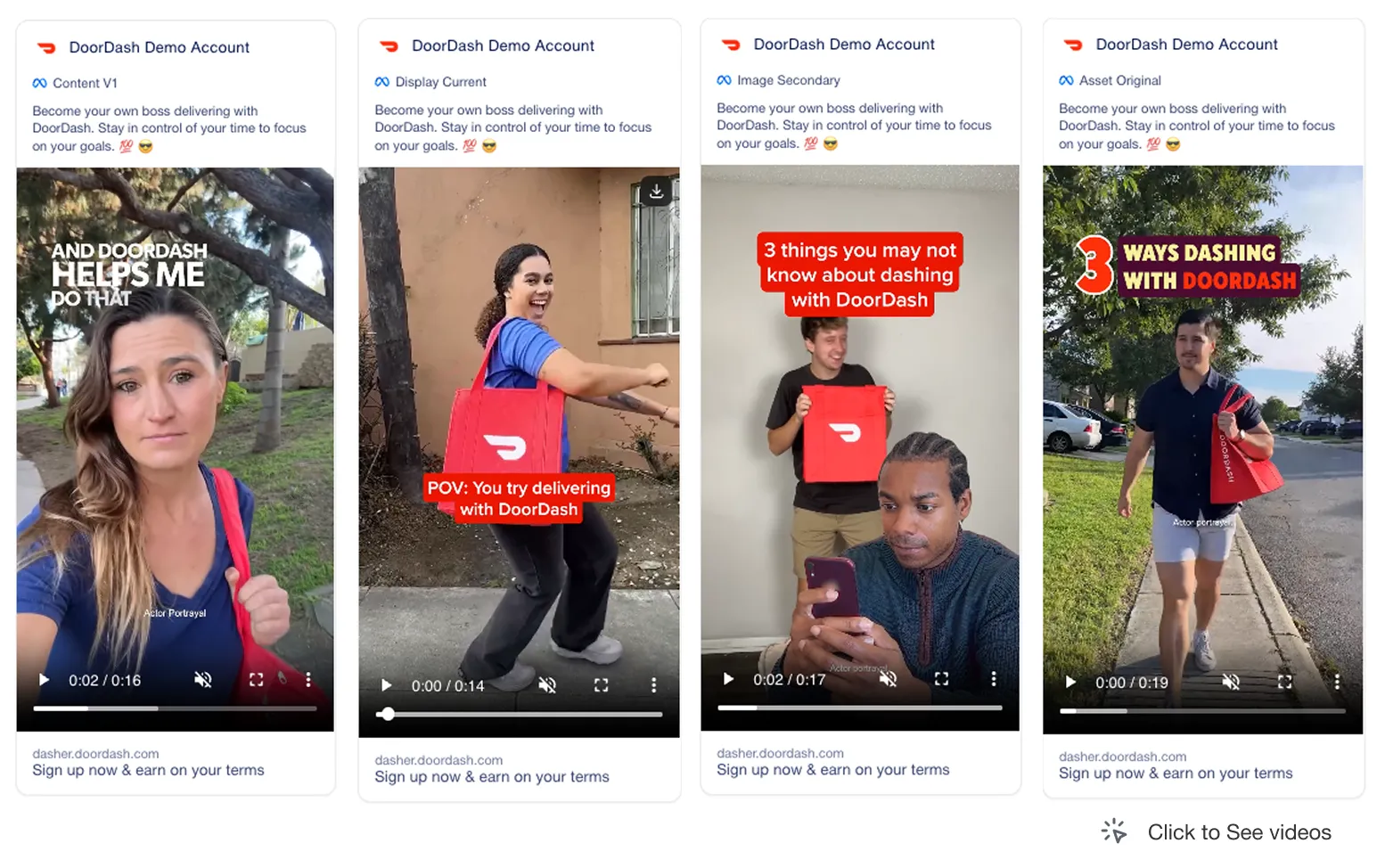
2. Hyperfocus on user problems
DoorDash doesn’t shoot “one big food-commercial”; it shoots dozens of 15-second mini-stories, each solving a very specific moment. Instead of a generic “order dinner,” we see
“forgot the ketchup after a grocery run,”
“moldy burger buns minutes before the grill heats up,”
“teacher grading papers who needs a sweet treat,” or
“millennial aunt whose niece wants cheese-puffs right now.”
By zooming in on tiny, relatable pain points, every ad feels like a personal hack rather than a mass-market pitch, so viewers instantly think, “That’s me!”
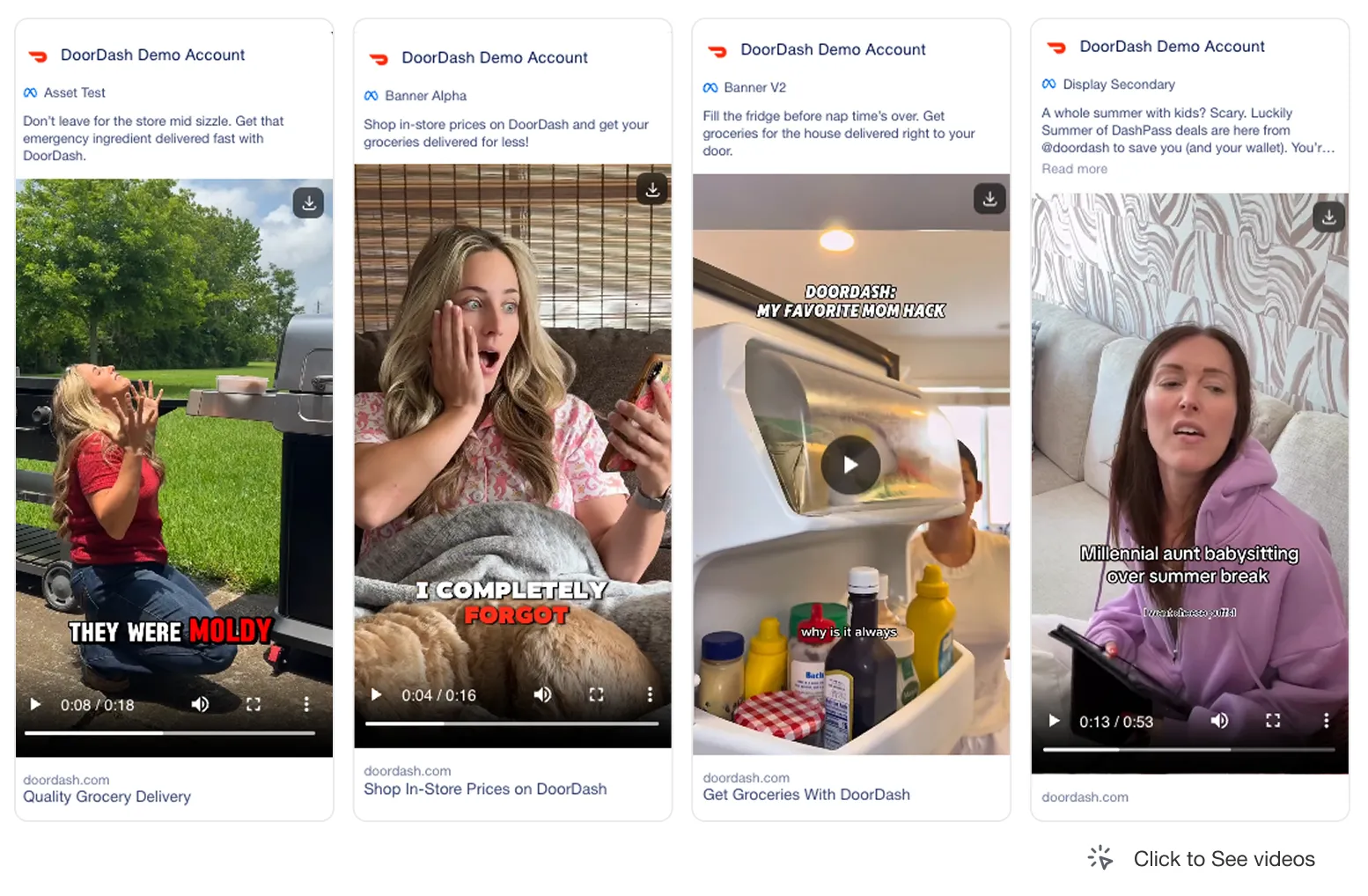
3. Sprinkling Emotional Moments
DoorDash sprinkles micro-bursts of emotion - quick dance moves after a payout, a relieved smile when groceries are packed, a grateful customer at the door - to humanize gig work and trigger viewer empathy in under three seconds.
These snippets act as tiny dopamine hits that make an otherwise utilitarian message feel rewarding and memorable.
Classic example that even highly functional offers convert better when viewers can “feel” the win, not just understand it.
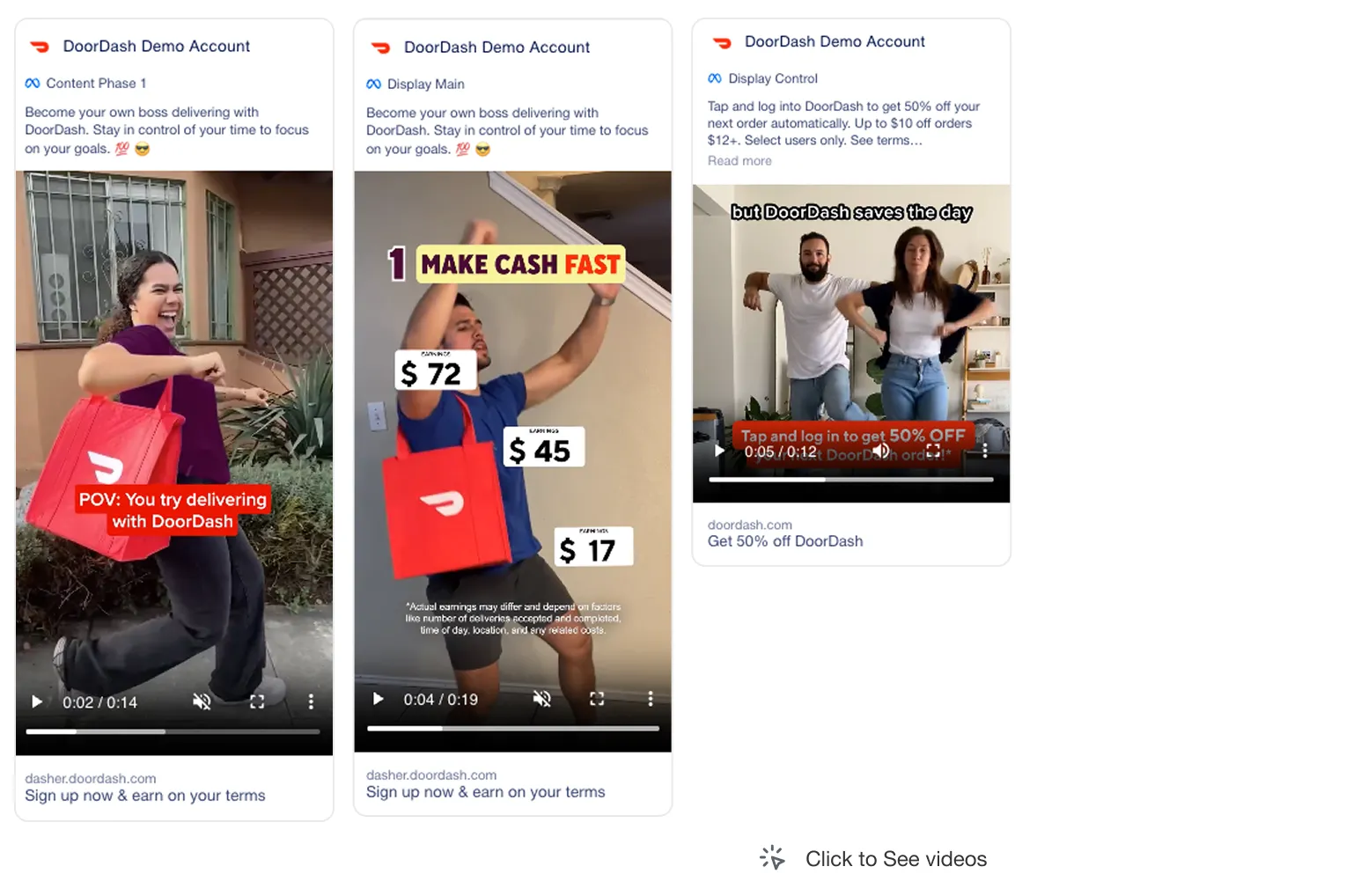
4. Seasonal Theme - “Summer is Scary Expensive”
Summer breaks are always a mini horror flick for parents when kids ambush them with nonstop requests. The Doordash team takes this and hits the bulls eye with the “Summer is Scary (expensive)” theme - a series of 5-10 creatives.
Each creative opens with a cinematic scare cue (chanting kids, jump-cut title card, frantic parent) to hook attention, then flips the fear into humor and relief by casting DashPass as the quick escape route.
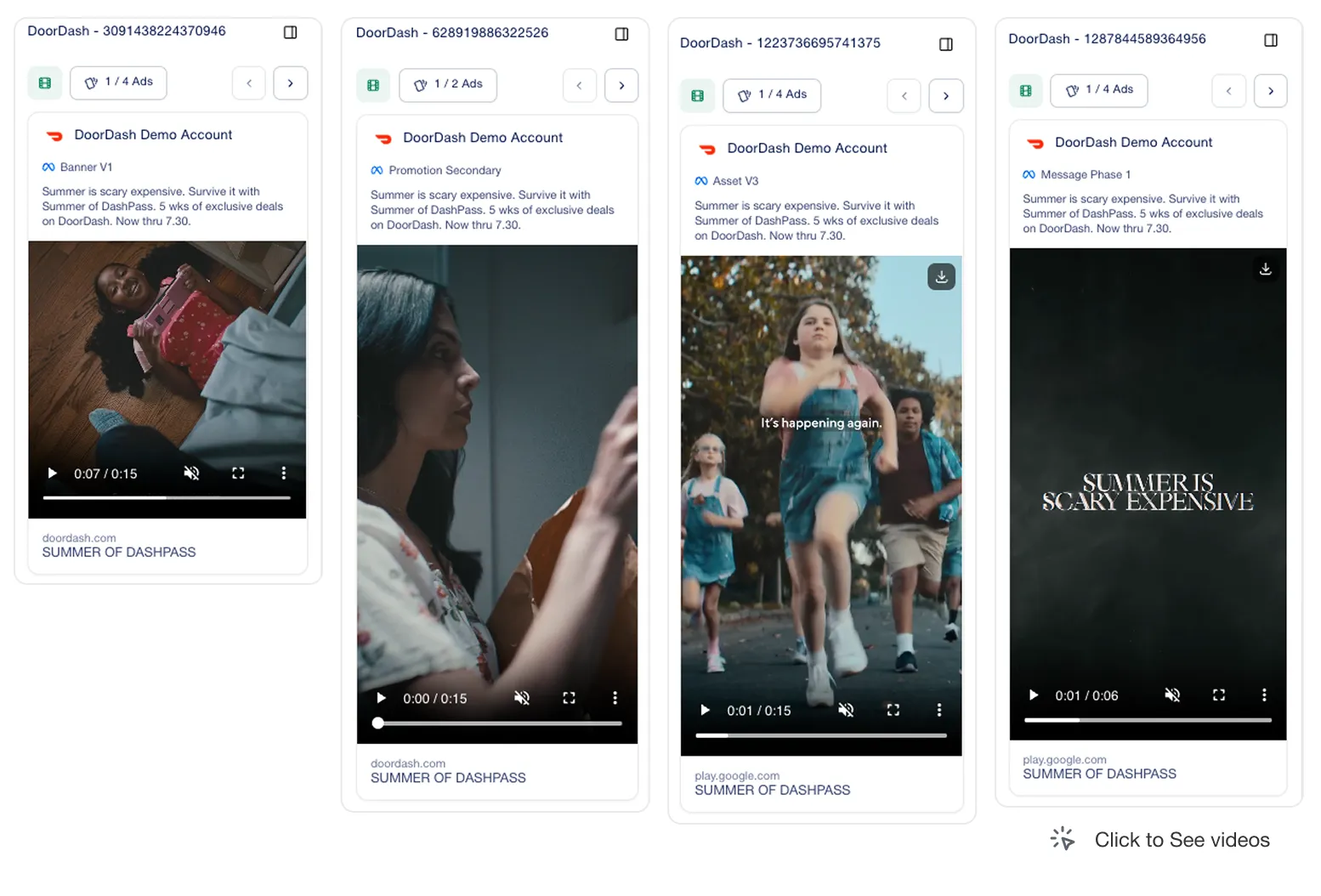
Summary:
There’s so much to learn from Doordash’s creative strategy that we could host a week-long session with the team explaining their thought process. (maybe someday, we will!)
Although there’s no easy way to summarize, here are 3 things we can take away:
1. Test everything: There’s no clear answer to what formats, themes or angles work. Only way to know for sure is to test rigorously across the board and iterate
2. Brand can stand out even in performance creatives:In an era of fast-scrolling feeds, the user barely has time to recognize the brand. The Doordash bag is perfect for brand recall!
3. User problems are the centerpiece: Every UGC ad takes an extremely relatable daily-life scenario and shows how Doordash actually makes an impact. No fluff - only real talk!
To conclude the piece, we’ll leave you with this quote from one of the founders.


